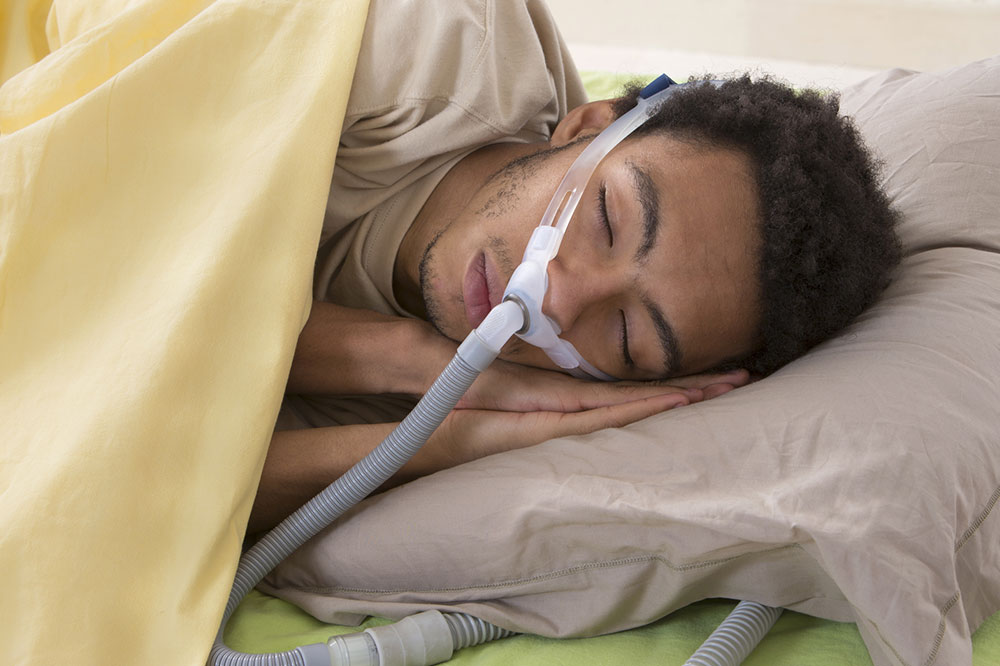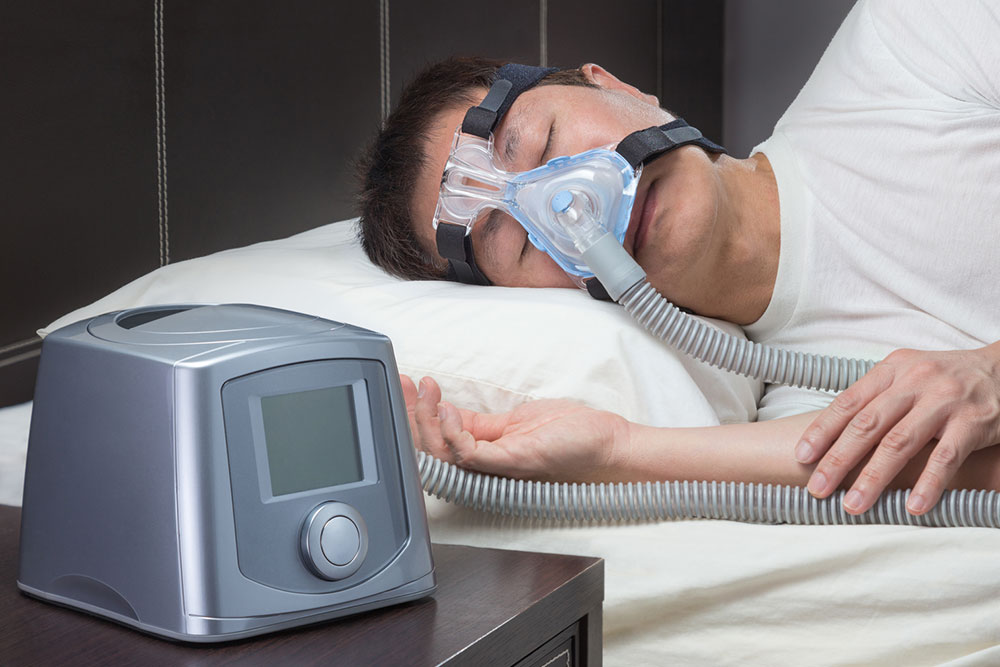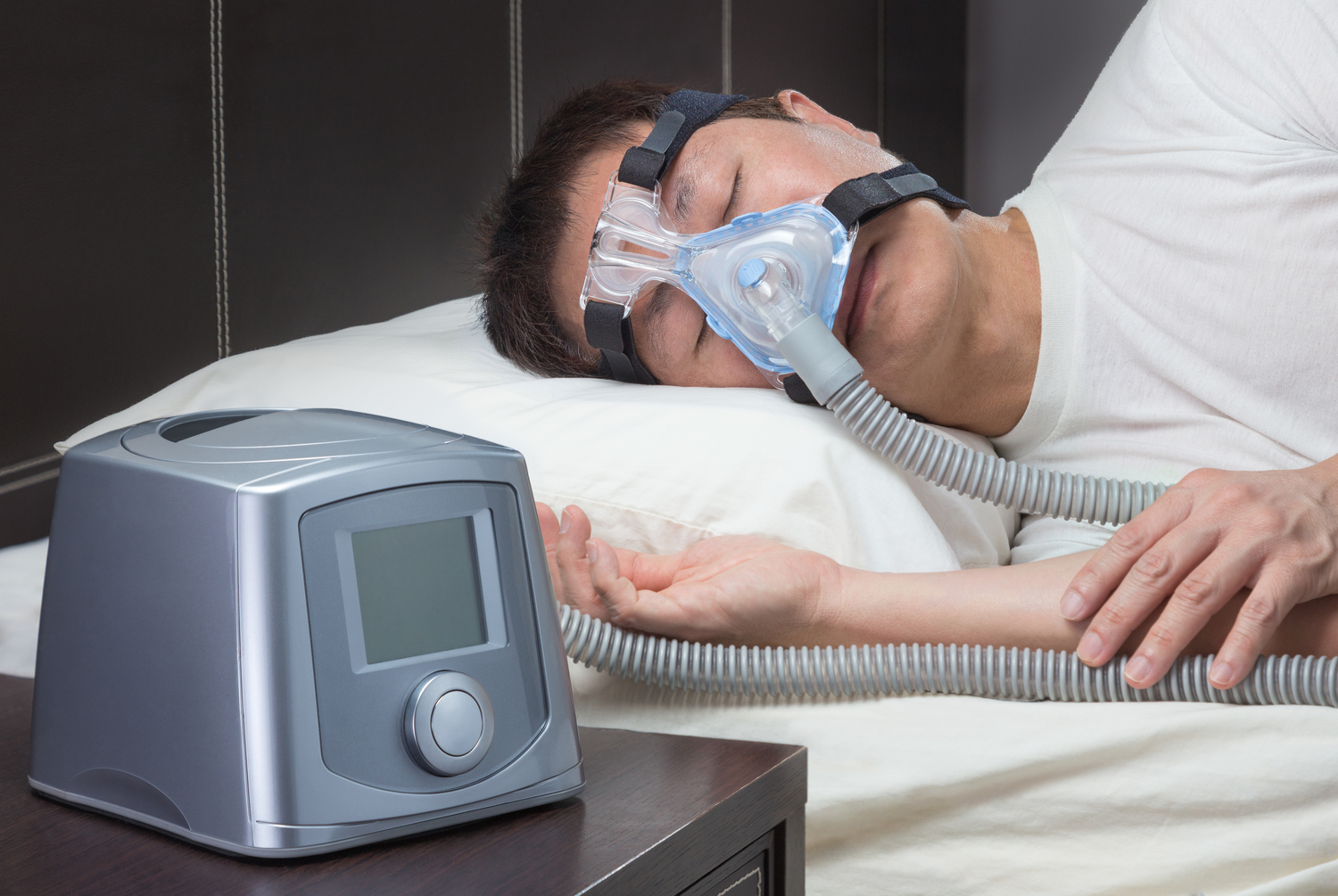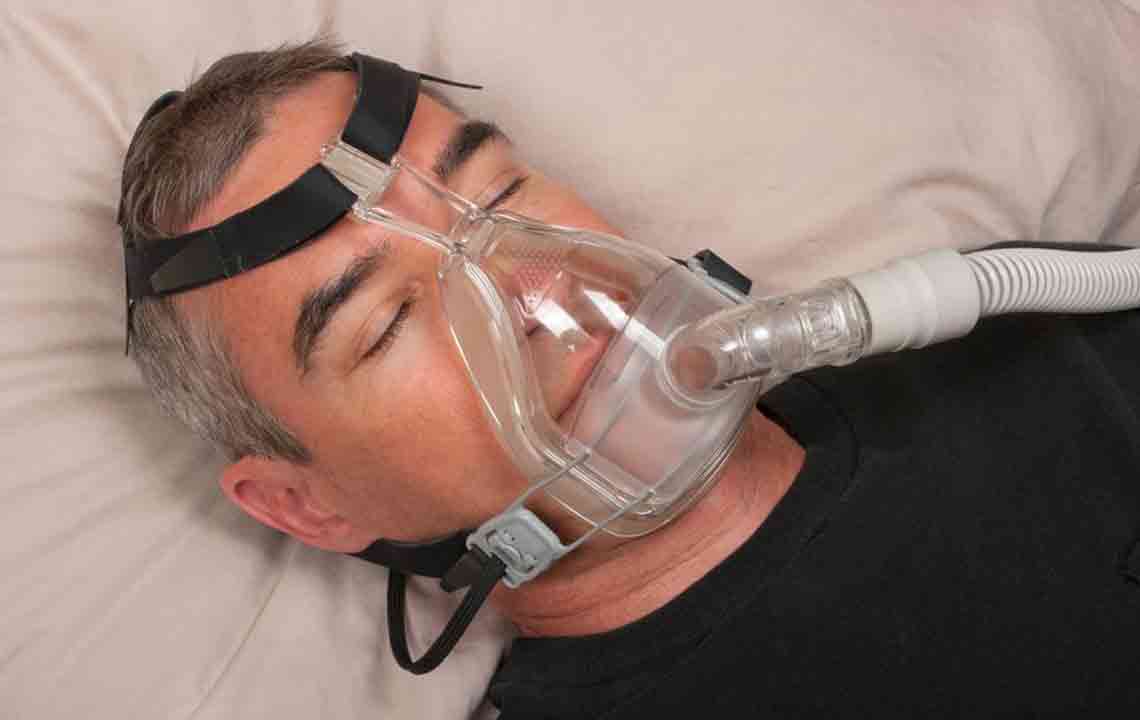The Ultimate Guide to Sleep Apnea: Causes, Symptoms, and Treatment Options
Sleep apnea is a widespread sleep disorder characterized by breathing interruptions that threaten health. This comprehensive guide covers the types, symptoms, causes, and effective treatment options, including devices, surgery, and lifestyle changes. Early diagnosis and tailored management can improve sleep quality and prevent serious health complications. Whether you're experiencing symptoms or seeking preventive tips, this article provides valuable insights to help you understand and address sleep apnea effectively, ensuring better health and restful nights.

Understanding Sleep Apnea: Causes, Symptoms, and Effective Treatments
Sleep apnea is a chronic and potentially serious sleep disorder characterized by frequent interruptions in breathing during sleep. These interruptions can last from a few seconds to minutes and often occur multiple times throughout the night, disrupting restful sleep and leading to a host of health issues if left untreated. Despite its prevalence, many individuals remain unaware they suffer from sleep apnea due to its insidious nature. Recognizing the causes, symptoms, and available treatment options is crucial for improving health and quality of life.
Types of Sleep Apnea & Recognizable Symptoms
There are three primary classifications of sleep apnea, each with distinct mechanisms but similar effects on health: obstructive sleep apnea (OSA), central sleep apnea (CSA), and complex sleep apnea syndrome (CompSAS). Understanding these types helps in proper diagnosis and management.
Obstructive Sleep Apnea (OSA)
Obstructive sleep apnea is the most common form and occurs when the muscles that support the soft tissues in the throat, including the tongue and soft palate, relax excessively during sleep. This relaxation causes airway blockage, which hinders airflow despite ongoing respiratory effort. People with OSA often experience loud snoring, choking, or gasping sounds as they struggle to breathe throughout the night.
Central Sleep Apnea (CSA)
Unlike OSA, central sleep apnea results from a failure in the brain's respiratory control centers. During sleep, the brain temporarily stops sending signals to the muscles responsible for breathing. This leads to pauses in breathing without airway obstruction. CSA is less common but can be associated with neurological disorders, heart failure, or it can occur idiopathically.
Complex Sleep Apnea Syndrome (CompSAS)
This form is a combination of obstructive and central sleep apnea. Patients exhibit features of both types, often starting with obstruction that evolves into central episodes or vice versa, complicating diagnosis and treatment.
Common Symptoms and Warning Signs
Individuals with sleep apnea frequently exhibit the following signs and symptoms, which serve as crucial indicators for seeking medical evaluation:
Pauses or interruptions in breathing during sleep, often noticed by a wake-up snorting or choking
Persistent loud snoring, sometimes accompanied by gasping or choking sounds
Excessively tired and unrefreshed mornings
Morning headaches and dry mouth
Frequent awakenings or restless sleep patterns
Difficulty concentrating, irritability, or mood changes
Shortness of breath or rapid breathing during sleep
Notably, some individuals may be unaware of their disruptions, emphasizing the importance of bed partner reports or sleep studies for diagnosis.
Underlying Causes and Risk Factors
Multiple factors contribute to the development of sleep apnea, with some risks being modifiable through lifestyle changes while others are inherent:
Obesity: Carrying excess weight is a primary risk factor. Fat deposits around the neck can narrow the airway, increasing the likelihood of obstruction during sleep.
Anatomical Variations: Structural features such as a large tongue, enlarged tonsils, a deviated septum, or a small jaw reduce airway size and facilitate blockage.
Genetic and Family History: Genetics play a role; if close relatives have sleep apnea, your risk may be higher. Age is also relevant, with higher prevalence in middle-aged and older adults.
Smoking: Tobacco use inflames and irritates the airway tissues, increasing swelling and narrowing the airway passages.
Nasal Congestion or Blockages: Conditions like sinusitis or allergies that impede nasal breathing can contribute to sleep apnea episodes.
Sleeping Position: Sleeping on your back can cause gravity-related airway collapse. Side sleeping may help reduce episodes.
Medical Comorbidities: Heart disease, high blood pressure, diabetes, and other chronic illnesses can increase vulnerability to sleep apnea or worsen existing symptoms.
Effective Treatment Strategies for Sleep Apnea
Managing sleep apnea requires a comprehensive approach tailored to the severity and individual circumstances. The main treatment options include device therapy, surgical procedures, lifestyle modifications, and natural remedies.
Continuous Positive Airway Pressure (CPAP)
The most widely prescribed treatment, CPAP involves wearing a mask over the nose or mouth during sleep. The device generates a steady stream of pressurized air that keeps the airway open, preventing collapse and breathing interruptions. Consistent use can significantly reduce symptoms and associated health risks.
Alternative Devices
Auto-adjusting or bilevel positive airway pressure machines adapt the pressure levels throughout the night to enhance comfort. Dental devices such as mandibular advancement splints reposition the jaw and tongue to keep the airway open, suitable for mild to moderate cases.
Surgical Interventions
When non-invasive options are insufficient, surgical procedures may be considered. Common surgeries include tissue removal (uvulopalatopharyngoplasty), nasal septum correction, nerve stimulation (hypoglossal nerve stimulation), or jaw repositioning to enlarge the airway space. Surgery is typically reserved for severe cases or when other treatments fail.
Natural and Lifestyle Modifications
Adopting healthier habits can substantially improve sleep quality and reduce apnea episodes. These include maintaining a healthy weight, engaging in regular exercise, practicing relaxation techniques and yoga, quitting smoking, avoiding alcohol and sedatives before bedtime, and sleeping on your side rather than your back. Using humidifiers and ensuring a comfortable sleep environment can also promote better breathing during sleep.
In conclusion, sleep apnea is a common but underdiagnosed condition that can have profound health implications if ignored. Recognizing symptoms early and seeking appropriate treatment can dramatically improve quality of life, reduce cardiovascular risk, and restore restful sleep. If you suspect you are suffering from sleep apnea, consult a healthcare professional or sleep specialist for an accurate diagnosis and personalized treatment plan. Active management and lifestyle changes are essential in controlling this condition and safeguarding long-term health.





